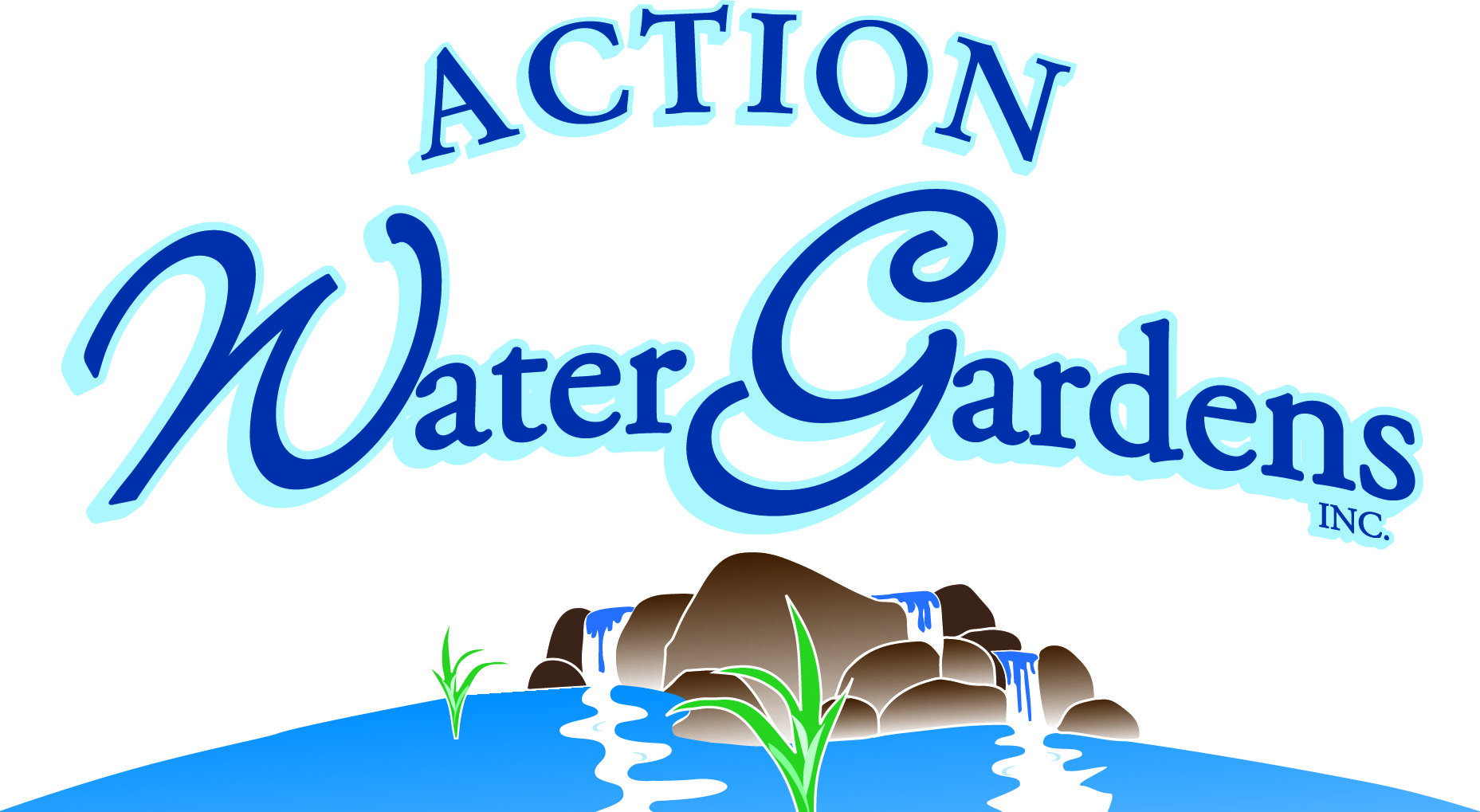Spring Maintenance
Spring might be the most exciting time of year. As things seemingly awaken from their winter hibernation, there are a few steps that one can take to make sure one’s water feature gets off to a good start this spring, leaving it free of sickness and green.
How can one tell if a water feature will need a full clean-out this season or just tidied up a little? If there is a layer of "crud" at the bottom of the pond and the water is dark in color, it would be a good idea to do a full clean-out.
On the other hand, if there is just a small amount of debris that you can stir up and capture with a net and the water looks clear, a little tidying up is all that's in order. Plan on spending a half to a full day to complete a pond clean-out. However, a Pondless® Waterfall will take considerably less time.
The best time to perform a pond clean-out is the early spring, before your water garden completely awakens from its winter dormancy - ideally before the water temperature in the pond creeps above 55 F. If a clean-out is performed when the water is warmer, after bacteria colonies form, the balance of the ecosystem will again be thrown off and your pond will go through another "green phase" before the bacteria colonies re-establish themselves again.
Here's what you'll need to get started:
A clean-out pump with approximately 25 ft. of discharge hose.
A high-pressure nozzle for your garden hose, or a power washer.
Garden shears for trimming plants.
A child's swimming pool or a similar sized container to hold fish and any other critters you find during the clean-out.
A net or something similar to place over the fish container to keep them from jumping out.
Two five-gallon buckets to collect leaves and debris
A fish net.
EcoSystems® EcoStarter™ Plus water conditioner to remove chorine and chloramines prior to putting fish back.
EcoSystems® EcoTabs™ fertilizer tabs.
Drain the Pond/ Pondless® Waterfall
Place the clean-out pump in the deepest point of the pond or in the Pondless® Waterfalls Snorkel in order to remove the water.
Drain the water into the surrounding landscape. Be sure to relocate the pipe two or three times to allow the water to seep into the ground and not flood the yard.
If you have fish, use some of this pond water to fill up the holding pool. The fish can be removed from the pond using a net once the water is low enough so you can easily catch them.
Don't keep the fish in the holding pool for more than several hours. Keep them in a shady spot with a net over the top of the pool to prevent them from jumping out.
Don't Overdo the Cleaning
Rinse the inside of the pond. You can also use a pressure washer to help remove debris from the rocks and gravel.
Don't try to scrub all of the algae away. Some algae on the rocks will prove beneficial in developing your ecosystem. For an average size pond (11' x 16') this should take around 15 minutes.
Use the gentle stream from a garden hose to rinse the rocks and gravel. Start at the top and work your way down to the bottom. Periodically turn the clean-out pump on to remove the dirty water. You can discontinue the periodic pumping once the water rinsing down to the bottom begins to look clear. Remove the pump and begin filling the pond.
Cleaning the Filters
Remove any debris from the bottom of the skimmer and Snorkel™ Vault. This can be done by hand or by using the cleanout pump.
Remove the media nets and filter pads from the BIOFALLS® filter. (Not included with the Pondless® Waterfall). If you have the optional drain kit attached to your Signature Series™ BIOFALLS® filter, you can open up the valve and rinse the media and filters. Once the filters have been removed rinse them free of accumulated debris.
The filter media and mats can be put back into place and the waterfalls pump can be reattached in the skimmer or Snorkel™ Vault.
Putting Your Fish Back Into Their Clean Home
Your pond clean-out is now done and it's time to put your fish back into their home. Once your pond is half full, you can perform these steps to safely place your fish back in the pond:
If you're on city water, it's imperative that you add a de-chlorinator to the water so it is safe for fish.Dip a five-gallon bucket, or similar sized container, in the holding tank and fill it with water.After you've caught a fish, place it in the bucket and set the buckets in the clean water.After about 15 minutes, periodically begin splashing some pond water into the bucket.By now, the temperature of the pond and the bucket water should be close to the same. You are ready to spill the fish into their spring-cleaned home.
